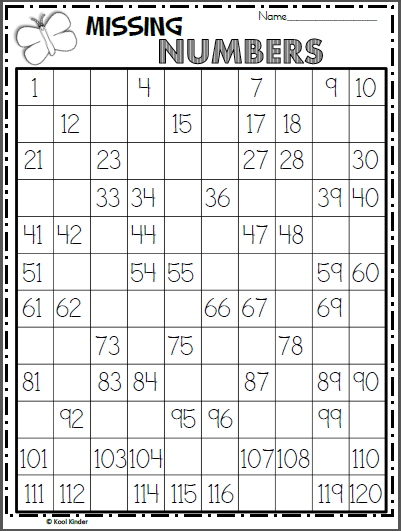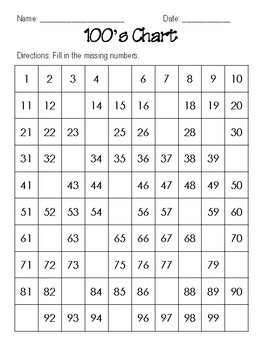
- #120 NUMBER FILL IN FREE HOW TO#
- #120 NUMBER FILL IN FREE CODE#
If the photo upload fails, you must bring one printed photo in the format explained in the Photograph Requirements.
Photo – You will upload your photo while completing the online Form DS-160. Application fee payment receipt, if you are required to pay before your interview. Nonimmigrant Visa Application, Form DS-160 confirmation page. Each individual who needs a visa must submit a separate application, including any family members listed in your passport. Passport valid for travel to the United States – Your passport must be valid for at least six months beyond your period of stay in the United States (unless exempt by country-specific agreements). Gather and prepare the following required documents before your visa interview: You can also visit the DHS Study in the States school search page to search for SEVP-certified schools. Visit the Department of State EducationUSA website to learn about educational opportunities for undergraduate and graduate study, and an overview of the application process. Immigration and Customs Enforcement (ICE) Student and Exchange Visitor Program (SEVP) website to learn more about SEVIS and the SEVIS I-901 Fee. If your spouse and/or children intend to live with you in the United States while you study, they must also enroll in SEVIS, obtain individual Form I-20s from the SEVP-approved school, and apply for a visa (but they do not pay the SEVIS fee). You must present the Form I-20 to the consular officer when you attend your visa interview. Embassy or Consulate for a student (F or M) visa. After you receive the Form I-20 and register in SEVIS, you may apply at a U.S. The SEVP-approved school will issue you a Form I-20. After the SEVP-approved school accepts your enrollment, you will be registered for the Student and Exchange Visitor Information System (SEVIS) and must pay the SEVIS I-901 fee. The first step is to apply to a SEVP-approved school in the United States. Student Acceptance at a SEVP Approved School campus must obtain a student (F or M) visa prior to entering the United States. For example, a student in a distance learning program that requires a period of time on the institution’s U.S. conferred degree or certificate is never permitted on a visitor (B) visa, even if it is for a short duration. For more information on the VWP, see Visa Waiver Program.įor short periods of recreational study, a Visitor (B) visa may be appropriateĪ visitor (B) visa permits enrollment in a short recreational course of study, which is not for credit toward a degree or academic certificate. 

Foreign nationals may not study after entering on a visitor (B) visa or through the Visa Waiver Program (VWP), except to undertake recreational study (non-credit) as part of a tourist visit. If your number is 5, you would have: 5! = 5 * 4 * 3 * 2 * 1ĥ! = 5 * 4 * 3 * 2 * 1 1.Students cannot travel on the Visa Waiver Program or with Visitor VisasĪ student visa (F or M) is required to study in the United States. When you factorialize a number, you are multiplying that number by each consecutive number minus one. What is factorializing a number all about?

If the integer is represented with the letter n, a factorial is the product of all positive integers less than or equal to n.įactorials are often represented with the shorthand notation n!įor example: 5! = 1 * 2 * 3 * 4 * 5 = 120 Algorithm Challenge Return the factorial of the provided integer.
#120 NUMBER FILL IN FREE HOW TO#
We have already seen a recursion approach on a String in the previous article, How to Reverse a String in JavaScript in 3 Different Ways ? This time we will apply the same concept on a number. In this article, I’m going to explain three approaches, first with the recursive function, second using a while loop and third using a for loop. In mathematics, the factorial of a non-negative integer n can be a tricky algorithm.

#120 NUMBER FILL IN FREE CODE#
This article is based on Free Code Camp Basic Algorithm Scripting “ Factorialize a Number”








 0 kommentar(er)
0 kommentar(er)
